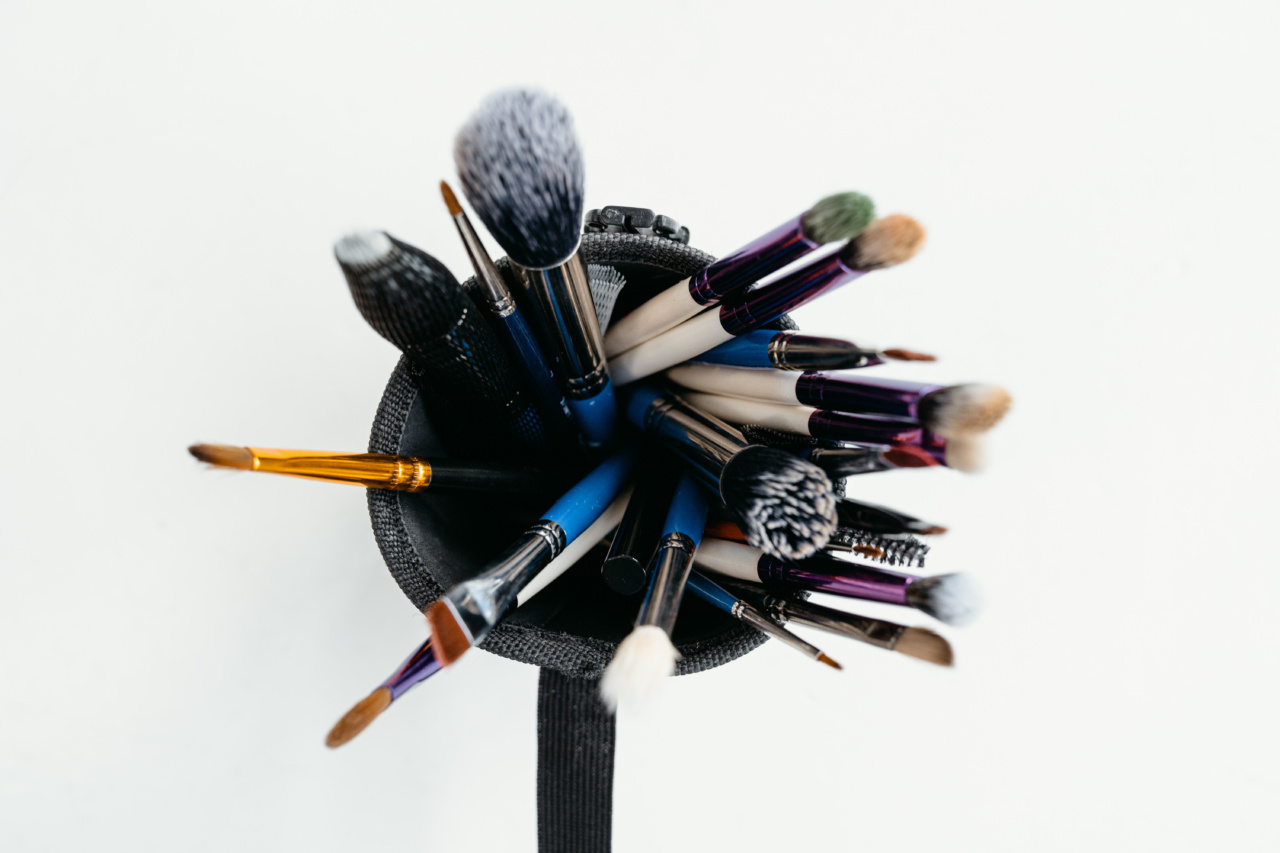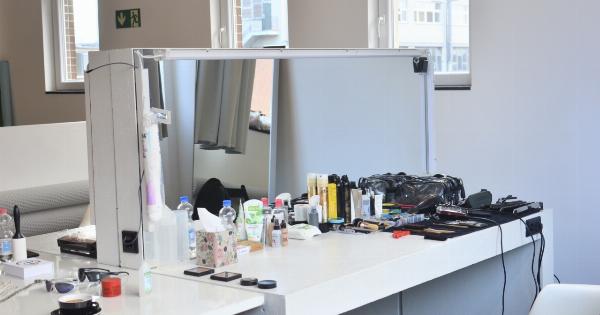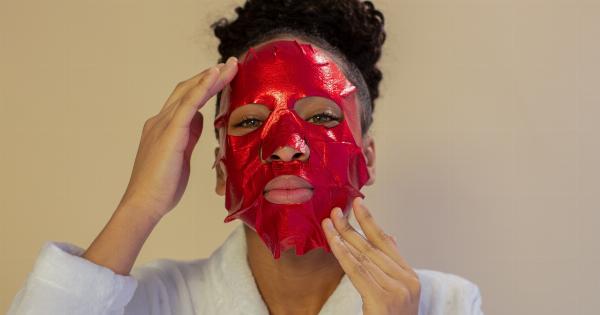Cosmetics have become an integral part of our daily lives, helping us enhance our appearance and maintain our skincare routines. However, it is crucial to be aware of the potential risks associated with certain components used in these products.
To protect the consumers’ health and well-being, regulatory bodies have set standards and prohibited the use of specific ingredients in cosmetics. In this article, we will delve into the prohibited components from cosmetics and discuss the reasons behind these regulations.
1. Mercury and Mercury Compounds
Mercury is a highly toxic substance that can cause severe health complications when absorbed by the body. It is commonly found in some skincare products, particularly in skin-lightening creams.
The use of mercury in cosmetics is strictly banned due to its potential to damage the brain, kidneys, and other vital organs, as well as to disrupt the endocrine system.
2. Lead and Lead Compounds
Lead-based compounds, like lead acetate, were once widely used in cosmetics, especially in hair dyes.
However, due to their harmful effects on the nervous system, reproductive system, and overall health, the use of lead and lead compounds in cosmetics is now prohibited.
3. Hydroquinone
Hydroquinone is commonly used in skincare products for its skin-lightening properties. However, it is classified as a likely carcinogen by the International Agency for Research on Cancer (IARC).
As a result, numerous regulatory agencies have banned or restricted its use in cosmetic formulations to protect consumers from the potential risks associated with its long-term use.
4. Phthalates
Phthalates are a group of chemicals used as plasticizers in various products, including cosmetics. These compounds have been associated with hormonal disruptions, reproductive system issues, and adverse effects on fetal development.
Several phthalates, such as dibutyl phthalate (DBP) and diethyl phthalate (DEP), are currently prohibited or restricted in cosmetics in many countries.
5. Formaldehyde and Formaldehyde-releasing Preservatives
Formaldehyde and formaldehyde-releasing preservatives, such as quaternium-15 and DMDM hydantoin, were once common in cosmetics as preservatives.
However, formaldehyde is a known human carcinogen, and its presence in cosmetic products is now strictly regulated or prohibited. The restrictions aim to reduce the risk of allergic reactions, skin irritation, and potential long-term health effects.
6. Triclosan
Triclosan, an antibacterial and antifungal agent, was once widely used in antibacterial soaps and cosmetics. However, extensive research has raised concerns about its potential adverse effects on hormone regulation and bacterial resistance.
Consequently, triclosan is now banned or severely restricted in cosmetic products.
7. Toluene
Toluene, a volatile organic compound, was commonly found in nail polishes and hair dyes. However, prolonged exposure to toluene can cause significant neurological harm and respiratory issues.
Due to these health risks, the use of toluene in cosmetics is now prohibited or limited to safe levels.
8. Sodium Lauryl Sulfate (SLS) and Sodium Laureth Sulfate (SLES)
Sodium Lauryl Sulfate (SLS) and Sodium Laureth Sulfate (SLES) are surfactants used in many cosmetic products, such as shampoos and cleansers, to create lather and foam.
However, these ingredients can be irritating to the skin and eyes, causing dryness and potential allergic reactions. While not completely banned, their concentration in cosmetic formulations is restricted to ensure consumer safety.
9. Coal Tar
Coal tar is a byproduct of coal processing and is commonly used in hair dyes, shampoos, and other cosmetic products. It contains various carcinogenic compounds, and therefore the use of coal tar in cosmetics is regulated or prohibited in many countries.
This restriction aims to reduce the risk of skin allergies and potential long-term health issues.
10. Oxybenzone and Octinoxate
Oxybenzone and octinoxate are chemical sunscreen filters commonly found in sunscreens and other skincare products with sun protection properties.
However, research has indicated that these ingredients can harm coral reefs and have adverse effects on marine ecosystems. Consequently, certain regions and regulatory bodies have banned or restricted the use of oxybenzone and octinoxate in sunscreens and other cosmetic formulations.
It’s important for consumers to be diligent in examining the ingredient lists of their skincare products and avoiding products that contain these prohibited components.
By doing so, individuals can ensure they are making informed choices and selecting products that prioritize their health and well-being.




























